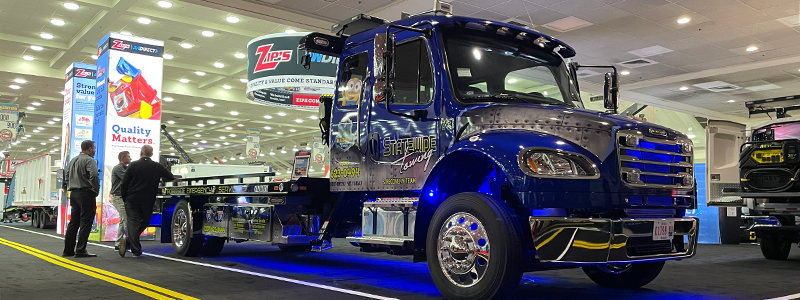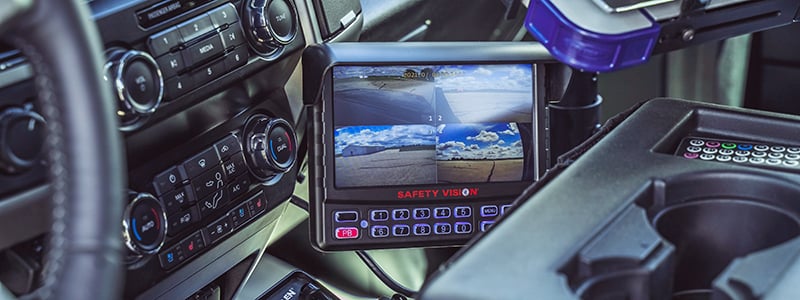Chain Binders
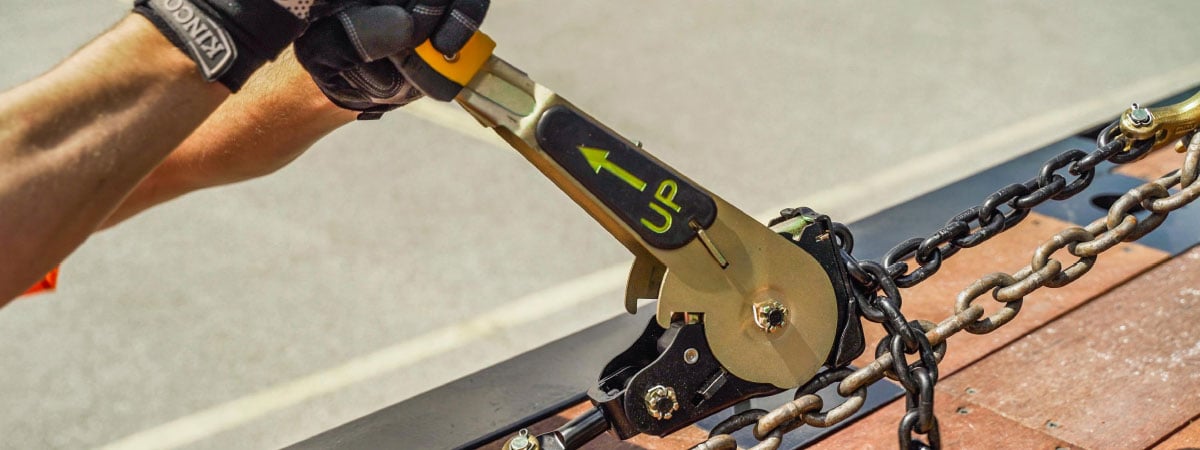
Chains are great for cargo securement, but you need to be sure it stays tight while on the move. The best way to do that is simple: Use a binder. Tighten the transport chain to the point that there’s no way it could budge, even if you tried to move it. What’s less simple is choosing the right binder for you. That’s what we’re here for. We’re more than happy to discuss the differences between lever binders, ratchet binders and torque binders.
Lever Binders
Lever binders use leverage to tighten the chain, and they all have two tension hooks. Typically, it requires more strength to use as you lock it into place by pulling down on the bar to hold it in place. Because it’s just one motion, lever binders tend to be a lot faster than either ratchet or torque binders. It’s also easier because once you’ve pulled it tight, you can get on your way. Lastly, they’re easy to store as they fold flat. This isn’t the case with torque binders or ratchet binders as they have a handle that sticks out at a 90-degree angle.
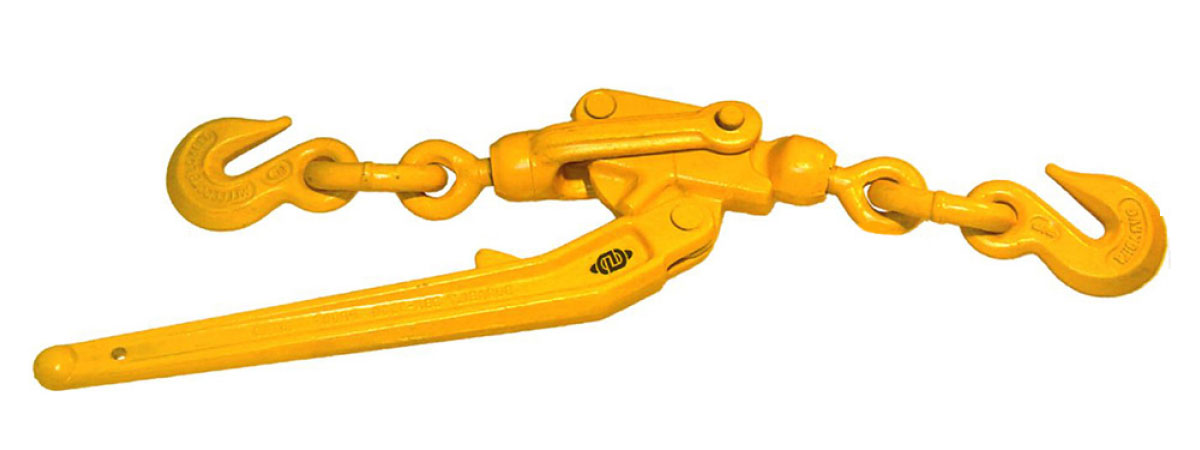
Ratchet Binders
Ratchet binders use a ratchet system to tighten the chain. This makes it significantly safer to use than lever binders as there isn’t a risk of the lever kicking back and hitting the user. As a result, you can get them as tight as you need, without fear. And as tight as you need should be stressed as the ratcheting mechanism allows you to do just that. You can fine-tune how tight the chains are, even without a cheater bar. Finally, ratchet binders have a 50:1 mechanical advantage compared to lever binders, which only have a 25:1 mechanical advantage.

Torque Binders
Torque binders use a cordless drill to apply tension to a chain. Not only are they capable of handling chains between 5/16” and 5/8” and a working load limit of up to 13,000 pounds, they are also extremely quick compared to the ratchet binder because you don’t have to manually use the bar. It also comes with the safety of ratchet binders because there are no risks of the bar kicking back. Plus, you have full control over how tight you get the chain. It’s the best of both worlds.

Hopefully, this dive into the types of binders has helped you understand them a bit more. Our goal is to help you make informed decisions about what kind of products you put your money towards. One last note, before getting yourself a chain binder, make sure it has a high enough working load limit for what you’re securing. With that in mind, feel free to learn more about rigging from our other blog posts, or take a look at our Chain Binder department to shop for the binder of your towing, automotive and over the road uses.


%20blog%20thumbnail.png)
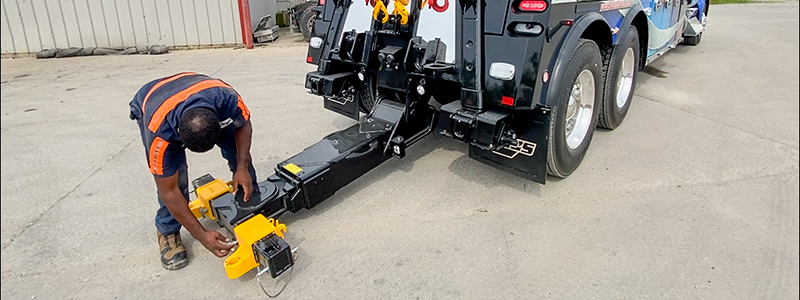
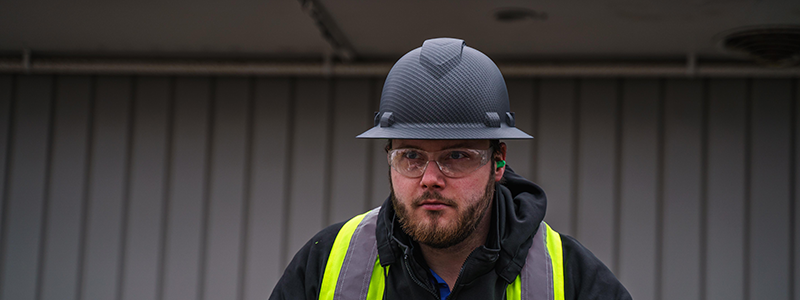
%20blog%20thumbnail.png)
